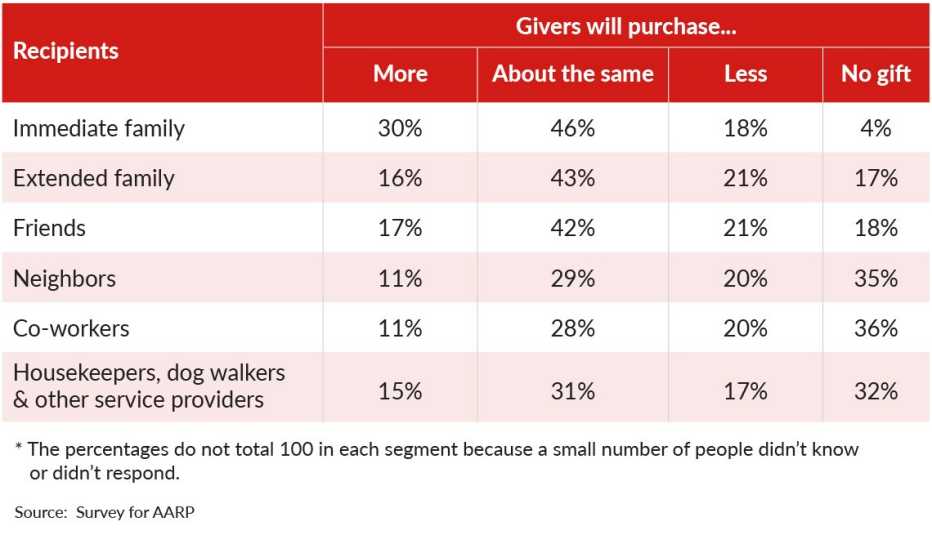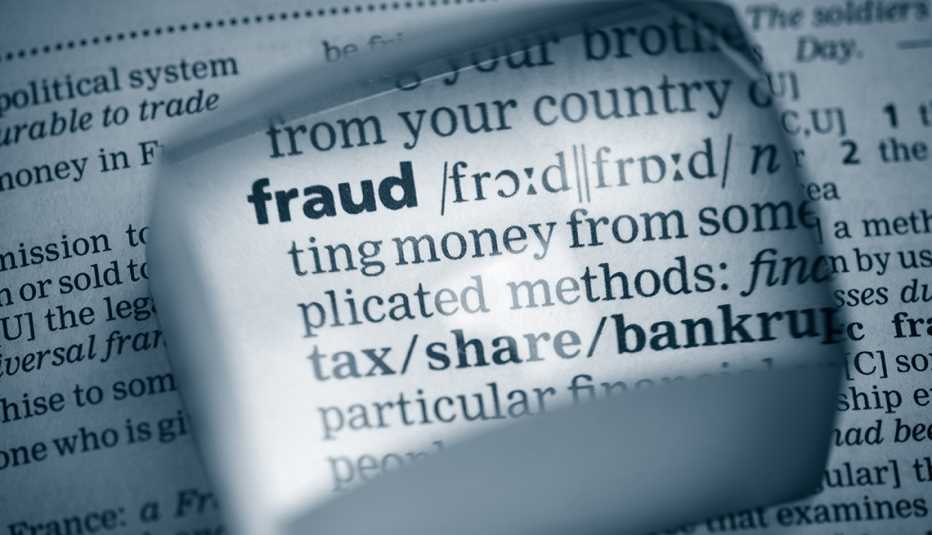AARP Hearing Center
'Tis the season for holiday shopping, and 60 percent of adults nationwide say they'll shop on Cyber Monday, Nov. 30. That's more than the 54 percent who plan to open their wallets the day after Thanksgiving, on Black Friday, and the 41 percent who will buy holiday gifts the next day, on Small Business Saturday.
The findings are from a new survey for AARP called Holiday Shopping in the Time of COVID, which drew responses from more than 1,000 adults. Respondents were asked about both their online and in-store shopping plans during the upcoming red-letter days for the retail sector. Some shoppers take advantage of two or all three of the holiday sales extravaganzas.
Other key findings:
- Three in 10 adults plan to spend less during the holidays in 2020 compared to a year ago. A plurality — 44 percent — expect their holiday spending to be on par with 2019. Twenty-four percent say they'll spend more than last year, and 2 percent aren't sure.
- How many dollars will consumers drop? Thirty-six percent put the figure in the $500-$1,000 range; 35 percent say less than $500; 18 percent say $1,000-$3,000; 6 percent say $3,000-$5,000; 3 percent say about $5,000 or more; and 2 percent don't know.
- Winners and losers? More than 40 percent of people plan to spend about the same amount of money on family members, friends and neighbors during the holidays as they did last year — and some plan to surpass last year's largesse. Of note is that 35 percent or more of respondents will not be buying gifts for coworkers and neighbors, and 32 percent will leave housekeepers, dog walkers and others who provide services empty-handed.


’Tis the Season
Adults were surveyed about how their holiday gift-giving plans this year compared to spending in 2019. Here’s what they said:
Gift cards trendy, despite potential for fraud
Gift cards remain popular presents: 63 percent of adults plan to buy them, down from 67 percent in 2019. Notably, the cards’ appeal persists despite a potential downside: A total of 36 percent of adults reported they have either given one with no balance, received one with no value or both.
Scammers can tamper with a gift card by copying the gift card number and PIN; sometimes they'll put a replacement cover over the PIN. Once the card is purchased and activated, they drain it of its value.



































































